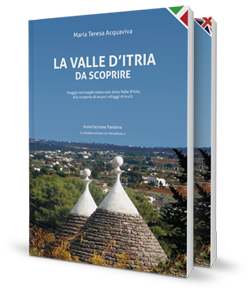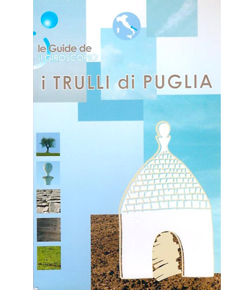The south-eastern Murgia was renamed in 1908 "Murgia dei Trulli" by a geographer, Carlo Maranelli, because he noticed a high diffusion of typical Apulian stone architecture.
The south-eastern Murgia, or Bassa Murgia, is geographically shared by the municipalities of Bari, Taranto and Brindisi, and also includes the Valle d'Itria, the place of Puglia richest in trulli. The landscape, one of the most surprising in the region, shows the signs of a long anthropization occurred through a gradual misappropriation of land by landowners and barons, who took away the lands common to all citizens. In this way a class of local nobles was born, the landed bourgeoisie.
Even the abolition of feudalism in the early 1800s did not stop these abuses suffered by citizens. As a result, the large property dominated the rural landscape with a predominantly forest-agricultural-pastoral economy managed in masserie, family-run farms and summer residences for the local bourgeoisie.
In the nineteenth century the agricultural landscape changed because the cultivation of the vine spread following the crisis of the French and northern Italian wine markets. It was in that century that thousands of casedd, trulli in dialectal language, were built here, where the farmers lived all year round and cultivated the vine.
Wonderful rural landscapes and picturesque urban landscapes are elements that enchant visitors of the Murgia dei Trulli, a territory full of cities of art, some very ancient, but founded mainly in the Middle Ages, of which we often keep important architectural traces, all however with the white houses, covered by the lime produced by the local limestone.
From 1600 onwards, popular classes added noble palaces and monumental churches, with Baroque and Rococo artistic decorations alongside popular architecture.












